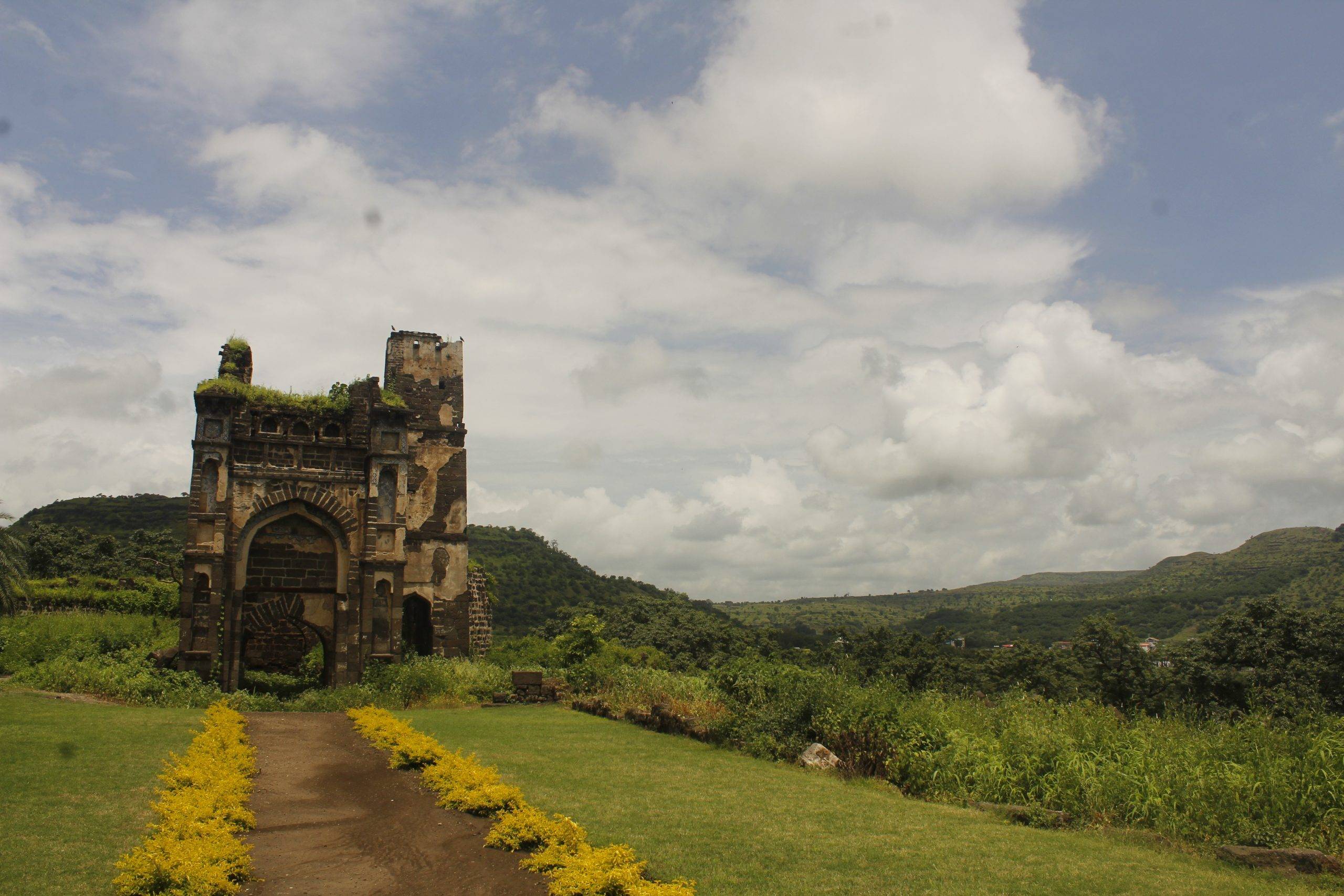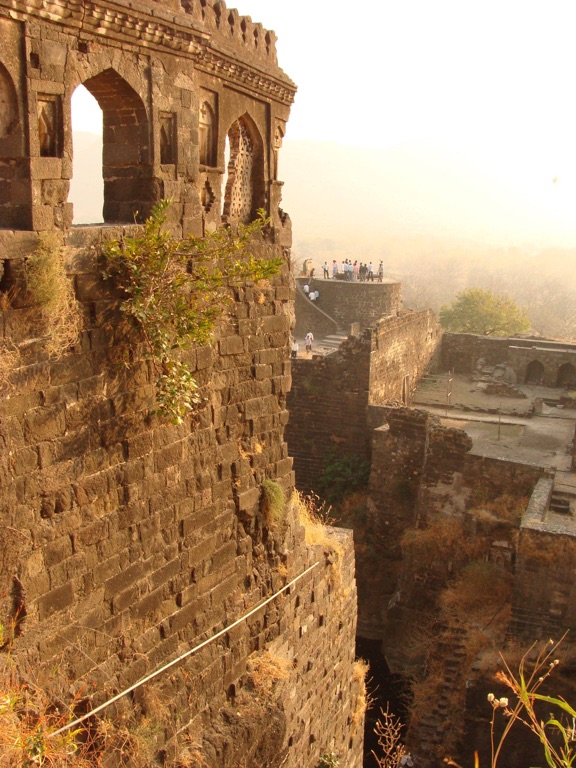Perched atop a hill in the Western Ghats of Maharashtra, India, lies the formidable Devagiri Fort, also known as Daulatabad Fort. This 14th-century fortress is a testament to the architectural prowess of the Tughlaq dynasty and is a treasure trove of historical and cultural significance. It’s strategic location and unique defense mechanisms make it a fascinating subject for history enthusiasts.
Get your dose of History via Email
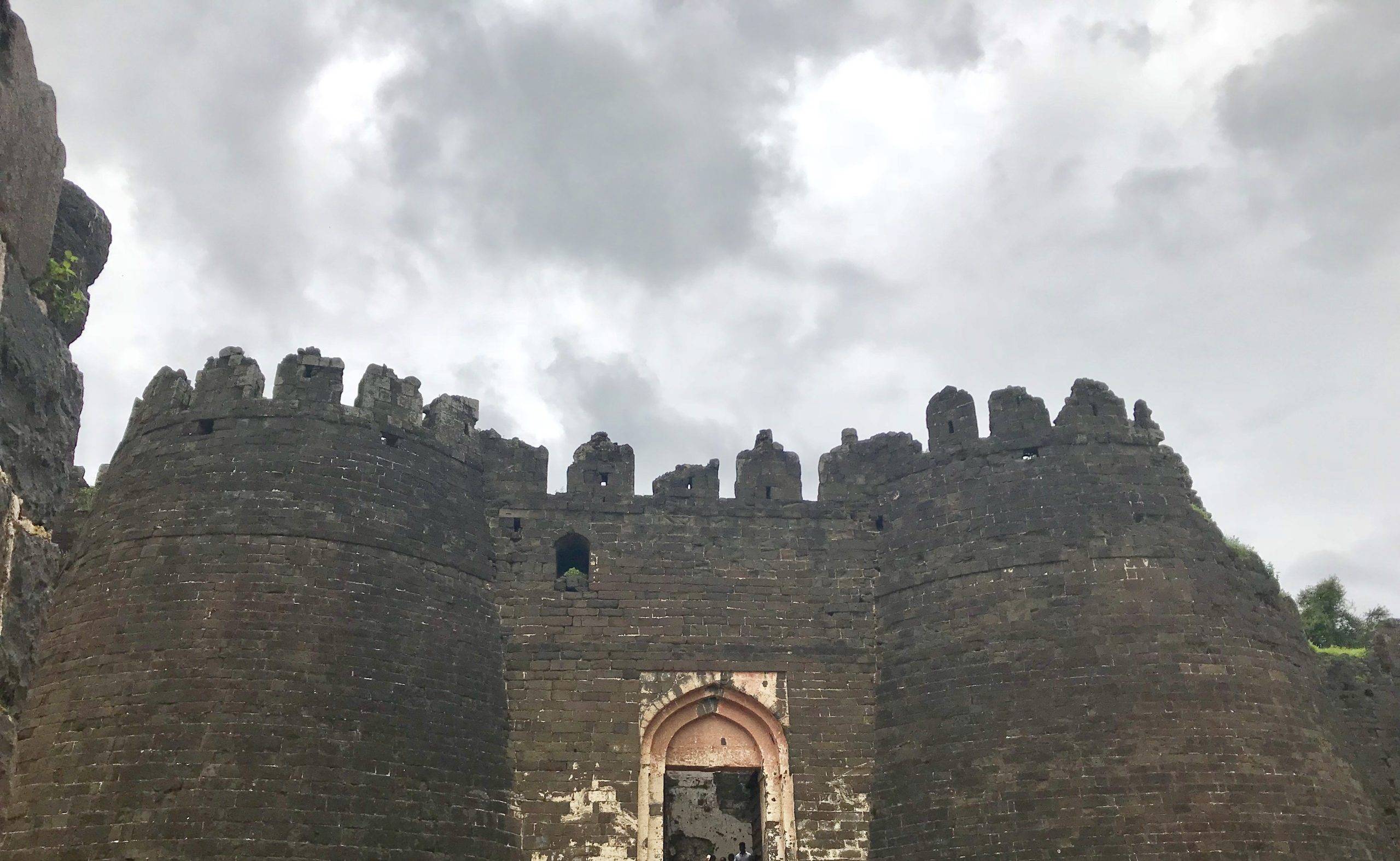
Historical Background
The Devagiri Fort was built in the 14th century by the Yadava dynasty, but it gained prominence under the rule of Sultan Muhammad bin Tughlaq, who renamed it Daulatabad, meaning “City of Fortune”. The fort is approximately 800 years old and has witnessed the rise and fall of several dynasties, including the Yadavas, Khiljis, Tughlaqs, Bahamanis, Mughals, Marathas, and the Nizams.
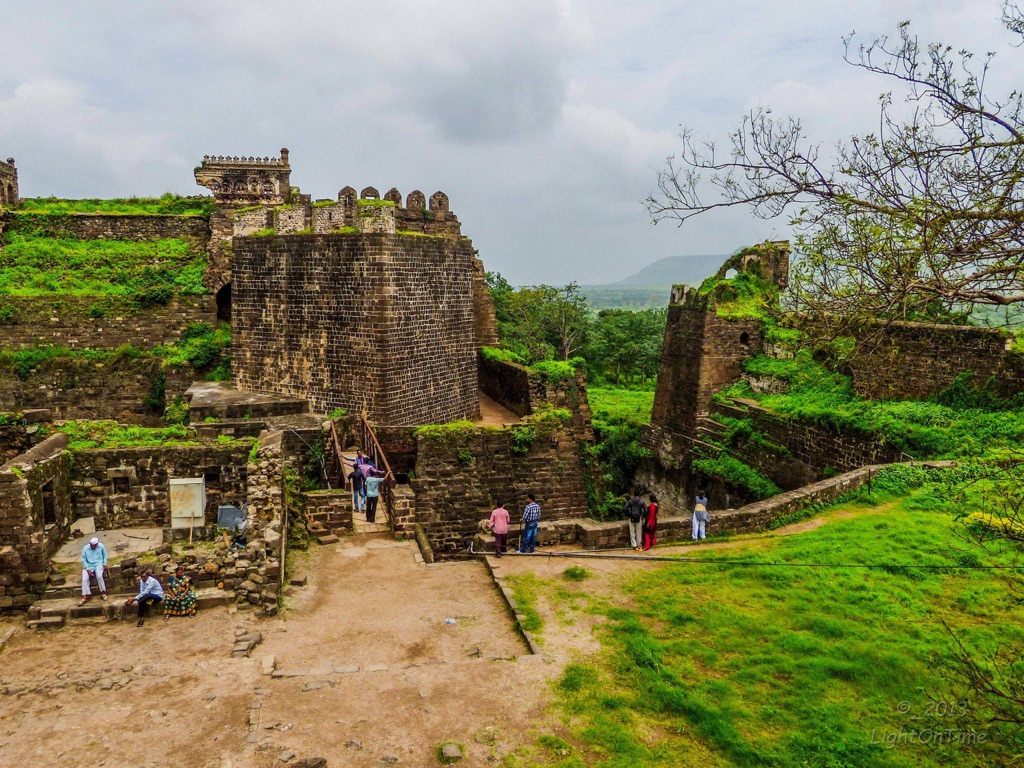
Architectural Highlights
The Devagiri Fort is an architectural marvel built on a 200-meter-high conical hill. The fort complex spans over 94.83 hectares and is surrounded by a robust 5 km-long wall. The fort was constructed using durable basalt rock, sourced from the Deccan Plateau. The fort’s defense system is unique, featuring a series of secret, quizzical, and tortuous passages, moats, and drawbridges. The Chand Minar, a 30-meter-high tower, and the Chini Mahal, a luxurious palace, are among the notable structures within the fort complex.
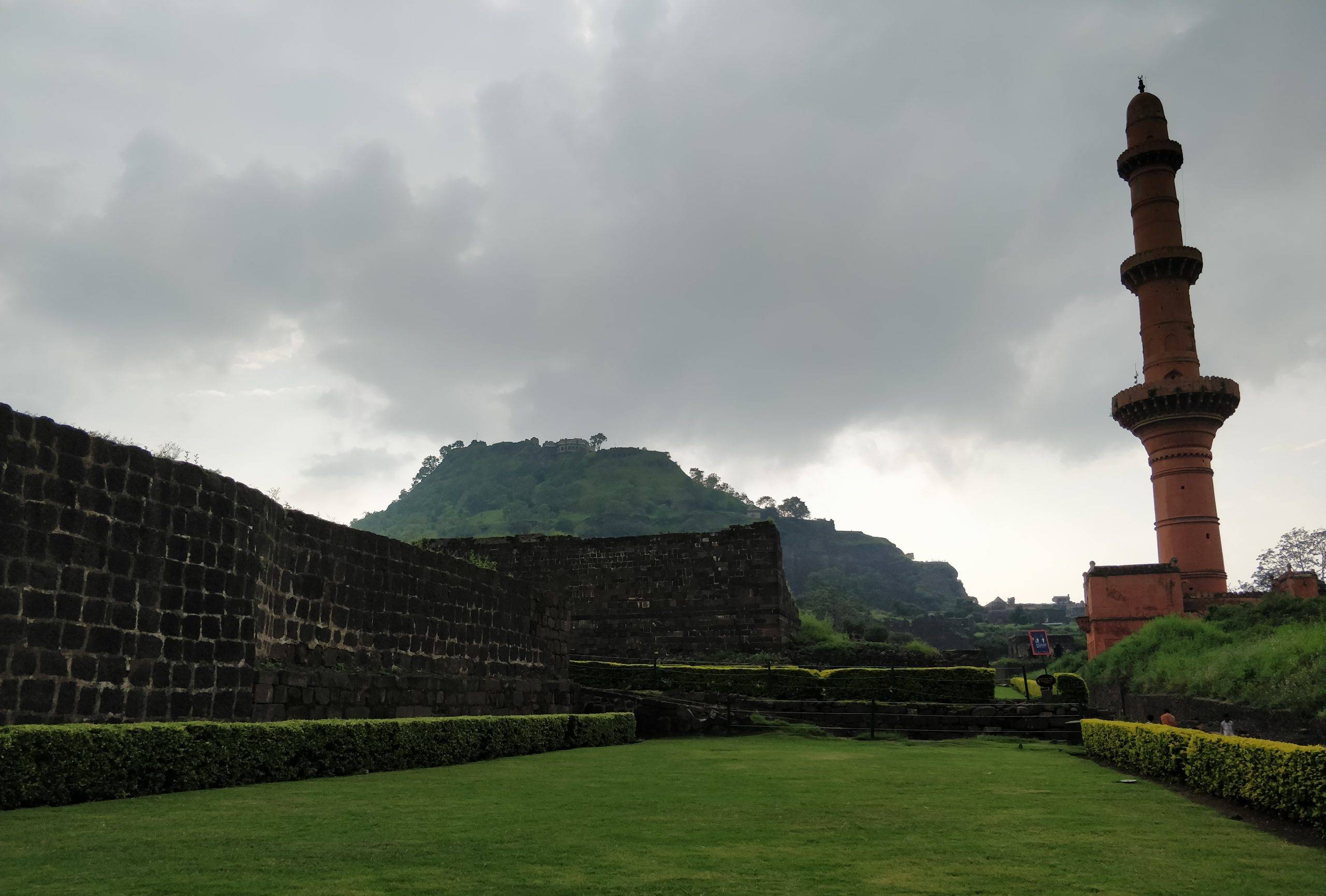
Theories and Interpretations
The Devagiri Fort was primarily a defensive stronghold, but it also served as a residential and administrative center. The fort’s intricate defense system, including its deceptive passages and moats, was designed to confuse and trap enemies. The fort’s location on a hill provided a strategic advantage, offering a panoramic view of the surrounding area and early warning of approaching armies. The fort’s architecture also reflects the influence of different dynasties that ruled over it. The dating of the fort has been established through historical records and architectural styles.
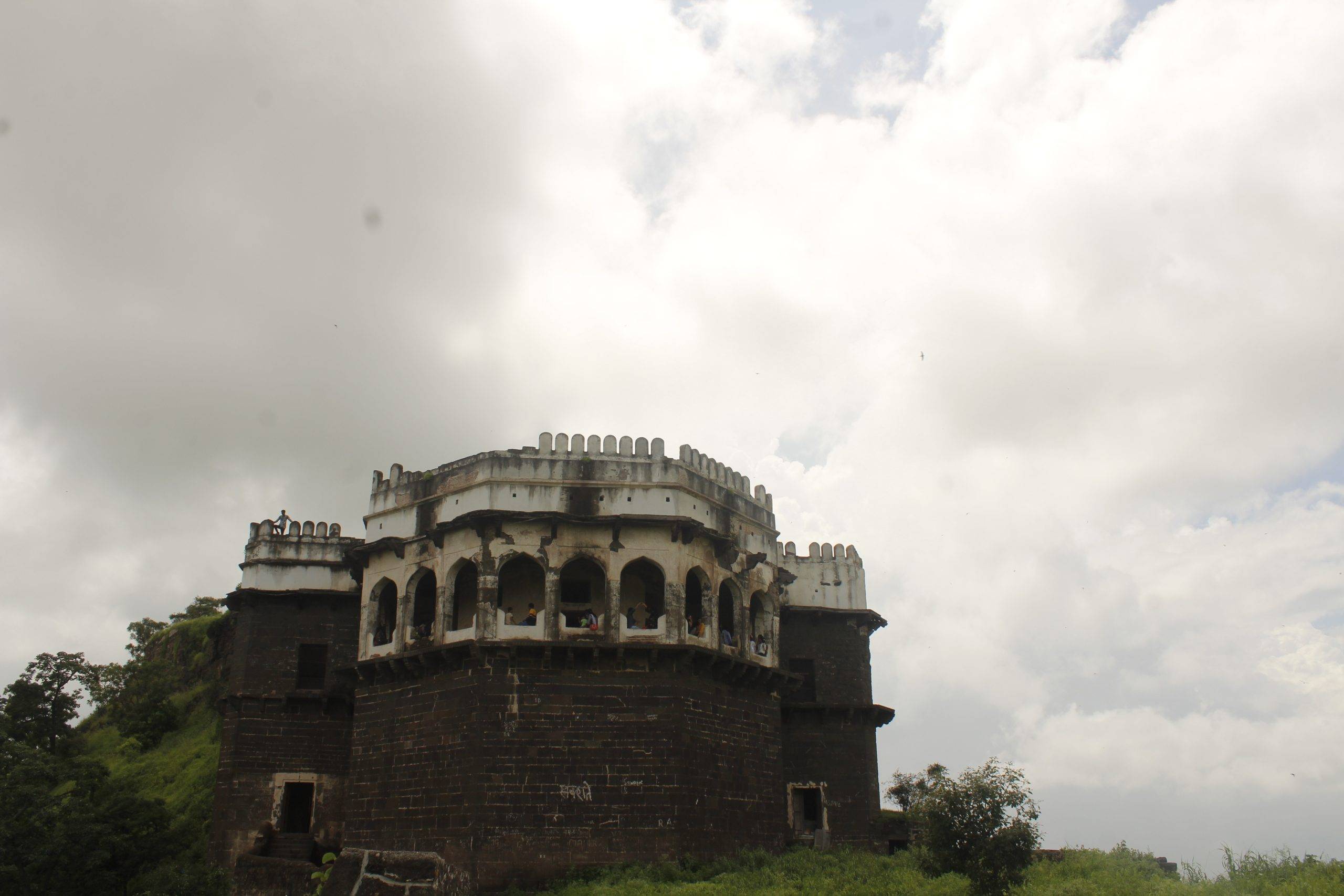
Good to know/Additional Information
One of the most intriguing features of the Devagiri Fort is its underground escape route, a secret passage that opens outside the fort, used by the royals during emergencies. The fort also houses the Bharat Mata Temple, dedicated to Mother India. The fort’s hilltop provides a breathtaking view of the Ellora Caves, another historical site in Maharashtra. The fort is now a protected monument under the Archaeological Survey of India, attracting history buffs and tourists from around the world.
